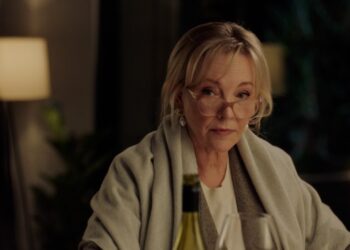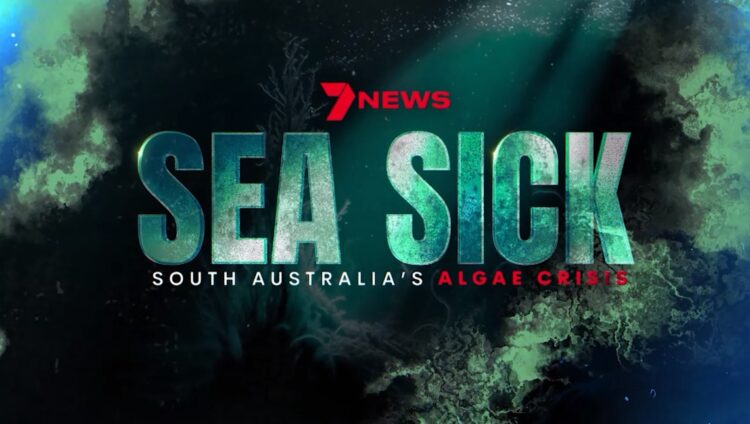Sea Sick: South Australia’s algae crisis is a 7NEWS Adelaide special event – Premier Peter Malinauskas joins expert panel.
It’s the environmental disaster that’s gripped South Australia for months.
From the Eyre Peninsula to the Fleurieu and metropolitan Adelaide, once-pristine beaches have turned into marine graveyards, leaving SA’s seafood and tourism industries facing an uncertain future.
Now, in a special event airing Wednesday 6 August at 7.00pm ACST on Seven and 7plus, 7NEWS dives into the toxic algal bloom crisis that’s devastated South Australia’s coastlines and communities.
7NEWS Adelaide presenters Rosanna Mangiarelli and Will Goodings lead a powerful panel that’ll tackle the big questions, offering insight into what’s being done and what still needs to happen.
Live in studio will be SA Premier Peter Malinauskas, SA Chief Public Health Officer Professor Nicola Spurrier, and Executive Officer of RecFish SA, Asher Dezsery – an outspoken advocate for recreational fishers.
The voices of affected South Australians will be front and centre, with affected residents able to ask questions of the state’s decision makers, to get answers.
Rosanna Mangiarelli said:
“This crisis has touched so many lives – from families who can’t swim at their local beach to fishers whose livelihoods are at risk. We’re here to get answers, and we won’t shy away from the tough questions.”
Will Goodings added:
“South Australians deserve transparency and action. This special is about giving them a voice and holding decision-makers to account.”
7NEWS Adelaide special event: Sea Sick – Wednesday, 6 August at 7.00pm on Seven and 7plus
Media Release – Seven
TV Central Seven content HERE
Sea Sick: South Australia’s algae crisis is a 7NEWS Adelaide special event





























































When interviewing the Premier you should ask him what impact SA Water’s release of treated sewage into the gulfs is having on sustaining the algal bloom. This is what I found on the subject.
SA Water’s treated effluent does contain nutrients (nitrogen and phosphorus) and other contaminants, though it largely meets regulatory benchmarks. These nutrients, though modest in absolute concentrations, become significant in Gulf St Vincent’s naturally nutrient-poor waters.
Stormwater and wastewater together deliver hundreds of tonnes of nitrogen and tens of tonnes of phosphorus annually—this combined nutrient loading is very likely a contributing factor to the current Karenia bloom, especially under conditions of warm, stagnant water and low exchange with open ocean.